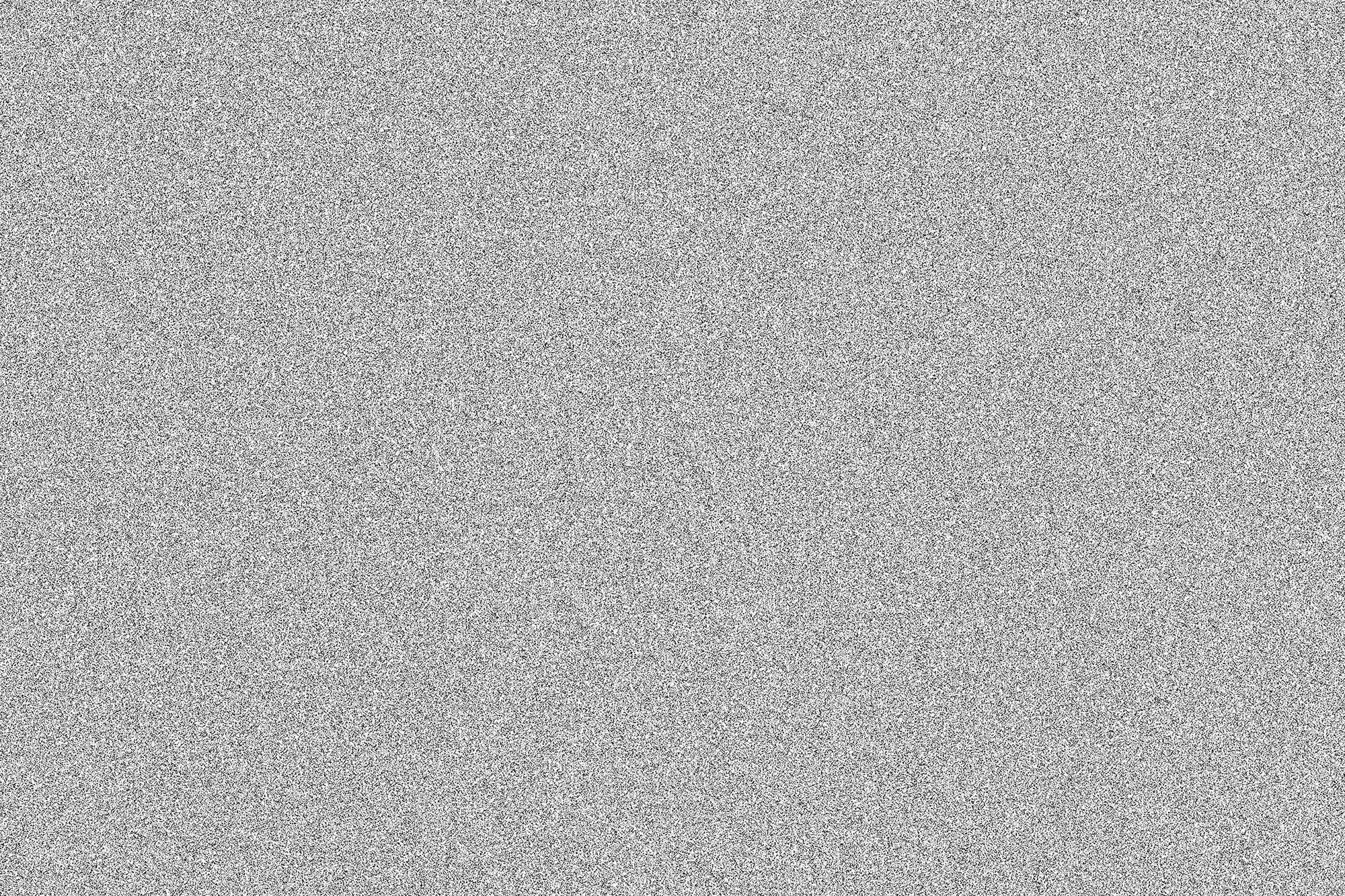One afternoon while helping two of the local Kaiako (tutor) with paint colour choices for their upcoming classes and after lots of discussion about the principals of colour and light and how their students could create their own secondary and tertiary colours, I was asked to come along as a guest speaker and give a talk on colour theory, which I did gladly. I love colour one, of my favourite things about styling, is how different colours interplay with one another and the way in which colour in our environment can affect us on an emotional level, so it wasn’t hard for me to talk to a captive audience about my passion for colour.
After the class, I decided that I would look into enrolling myself. The tauira (students) seemed to be really engaged and to be honest I had for a long time yearned to connect with my Māori heritage/Whakakapapa. Being raised in the lower South Island completely disconnected from my Māori roots (back in Te Tai Rawhiti the east coast of the north island) a part from my relationship with my late Nan and having never been back to my marae. I thought this would be a less intimidating way of learning more about my culture. Through this class, I have discovered that I am most comfortable when I’m being creative.
I had always been interested in Raranga (weaving) and Whakairo (carving) but knew very little about the protocol involved in either, so what did I have to lose?
My second week into studies I found out I wasn’t alone in feeling disconnected other tauira (students)in the class were in the same boat, they too had been separated from their whanau(family) and whakapapa (ones ancestors/genealogy)in one way or another and were trying to find their way back through art just as I was. It’s hard not having a sense of identity and we all related to the same feeling of loss, I couldn’t believe how many of us were using this creative outlet to try and find our way back.
Each week we learn about another aspect of Maori art whether it be a symbol used in kowhaiwhai (Māori geometric patterns) or a pattern that is commonly used in raranga(weaving).
We learn about how the use of colour in artwork can convey certain positive or negative feelings, and about how traditional whakatauki ( Māori proverbs) can relate to our modern-day lives.
We have discovered that everything in Te Ao Māori (The Māori world) has a deeper meaning, when you cut off the top of an onion you can see there are multiple layers just as there is layer upon layer of information history and whakapapa (one's ancestors/genealogy)in every Māori design, for example, the kōwhaiwhai (Māori geometric patterns) running down the main beam of the Whare Tipuna (meeting house)at the marae (communal sacred place)is not just a decorative repetitive pattern but the story of that particular iwi (tribe) and their history told through the many curving lines and the intertwining of Koru .
My Kaiako often uses the saying “ yes that is the black and white translation but what else does it mean” a direct English translation cannot always convey all that a Māori word encompasses both physically and spiritually, and it is the same with mahi toi,(Māori-art work).
Several weeks into my course and I can gladly say signing up is one of the best choices I have made in a long time, although it can be hard to juggle full-time work commitments and motherhood with study I am making it work. My Kaiako Marewa Severne has been amazing allowing me to bring my son to class and even join in, so I am able to balance doing something for myself and spending time being mum and the best part is he is getting to learn about his culture alongside me - what a beautiful thing.
Mahi Toi is more than Art
